Fruit trees are always a mainlyspecially if they produce your favorite ones. However, growing thechallengingchallenge if you live in an area witpetually damp soil.
Fortunately, there are some trees that thrive in moisture. So, what are these fruit trees? Will they grow in your zone? Well, we have the answers below!
Here are fruit trees that absorb a lot of water:
- Apple Tree
- Hackberry Tree
- Pear Tree
- Persimmon Tree
- Fig Tree
- Sapodilla
- Plum Tree
- Juneberry
- Mayhaw
- Medlar
- Coconut
Fruit trees need specific conditions to grow and produce these fruits. They tend to be more sensitive and may need extra attention and management. Keep reading below to learn about each fruit tree’s ideal environment, how to care for them, and how you can benefit from them.
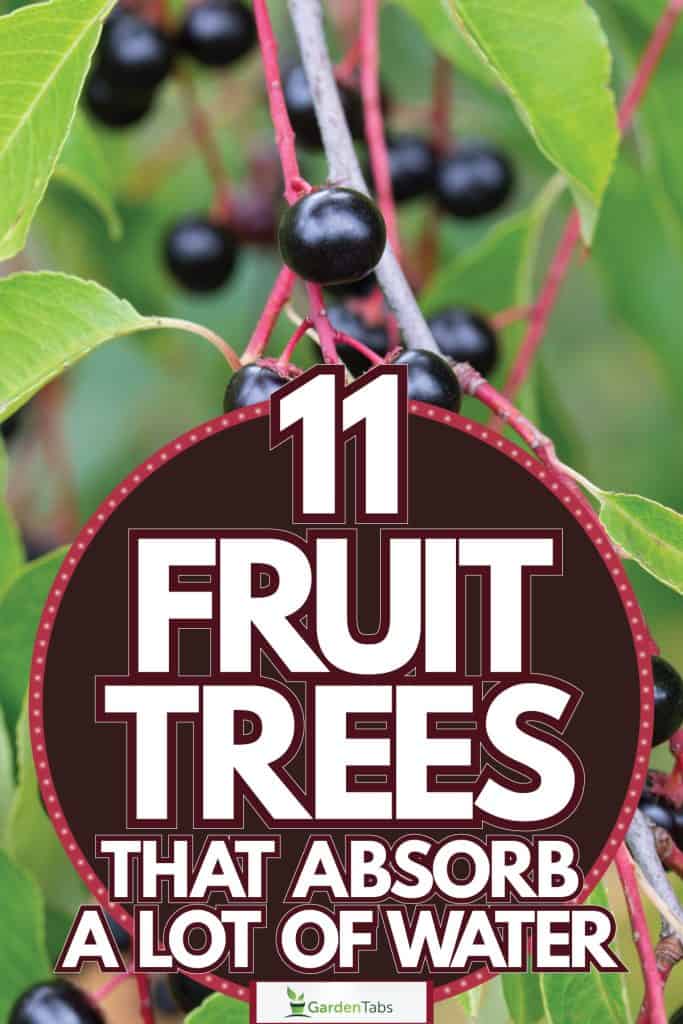
11 Fruit Trees That Absorb A Lot Of Water
Generally, an overly-damp soil is not suitable for most fruit trees. This is because excessive moisture often blocks oxygen from being distributed around the plant system, causing the plant to suffocate and eventually die.

Excessive moisture can also cause the roots of fruit trees to rot, damaging the tree. So, if you live in an area with soil that retains a lot of moisture, you may want to consider fruit trees that can absorb them.
Here are fruit trees you can consider.
Read: 10 Best Nut And Fruit Trees For Clay Soil
Apple Tree
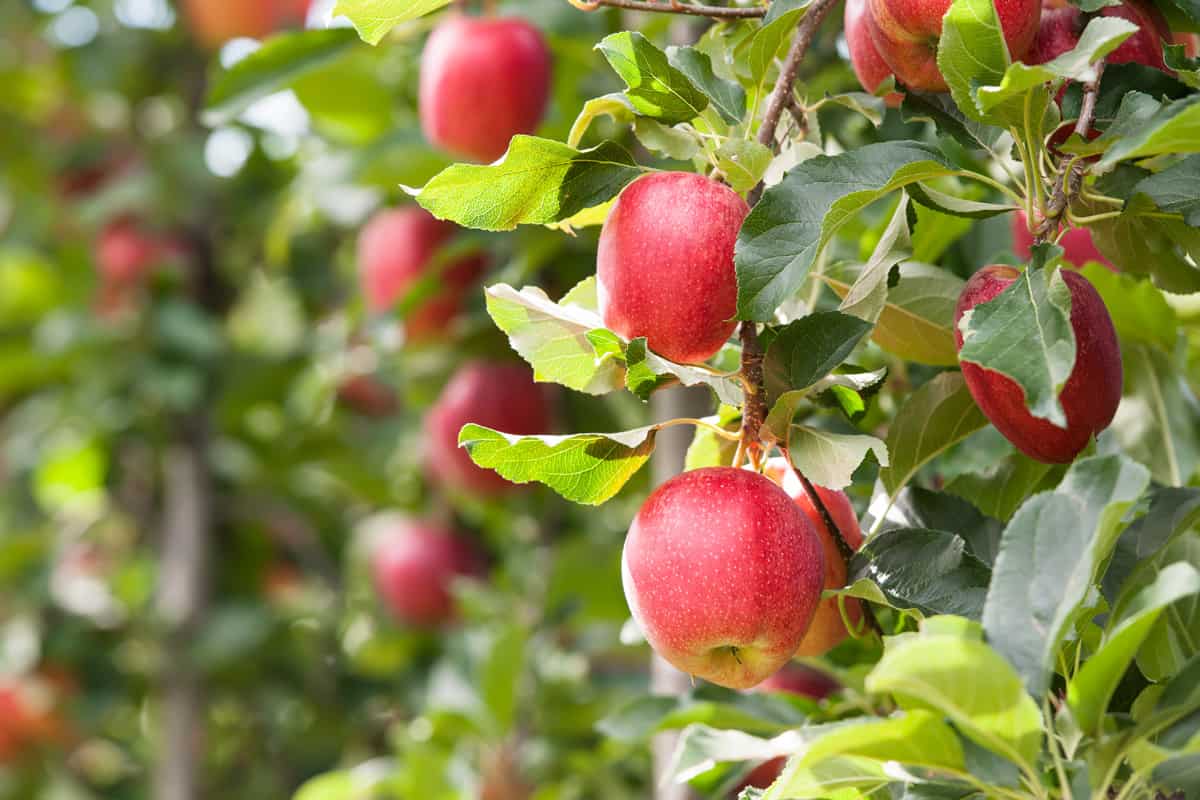
Although most apple trees thrive best on well-drained soil, some varieties have stronger root systems that are better at absorbing water and tolerating moist soil.
Some examples include Anna apples, Beverly Hills apples, and Fuji Apples.
These apple trees tend to be smaller; some can be dwarf or semi-dwarf trees. Other species, such as the swamp crabapple, can withstand swampy soil.
Apple trees grow in USDA zones 4-8.
Hackberry Tree
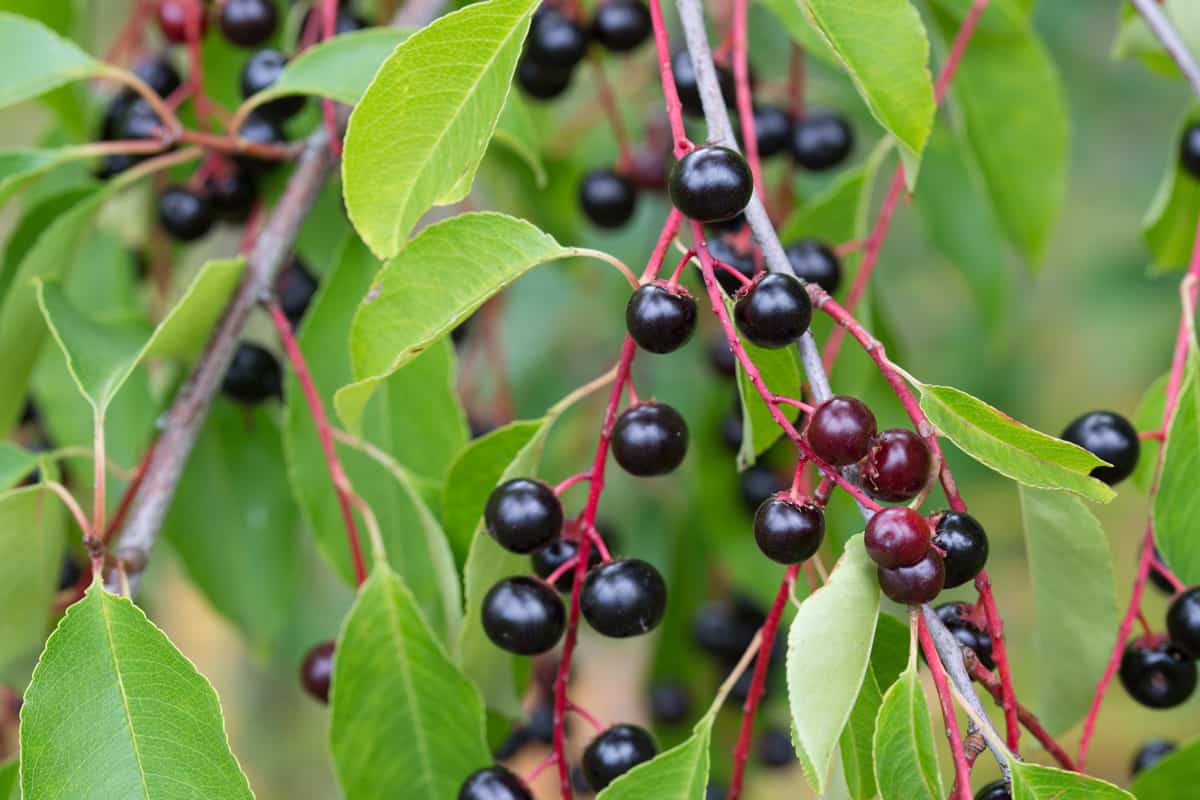
Hackberry trees are one of the hardiest fruit trees that can thrive in soil, including loamy, acidic, alkaline, clay, or sandy. They are hardy in USDA zones 2-8, making them compatible with various climate conditions.
Hackberry trees are known to survive extreme environmental conditions, including places that experience 50 inches of rainfall.
They can also survive in air pollution places and experience frequent storms and intense temperature fluctuations.
With that, hackberry trees can tolerate damp soil as they can absorb it well. Hackberry trees are ideal if you want something that requires little maintenance.
The fruit they produce is packed with nutrients and tastes similar to dates.
Pear Tree
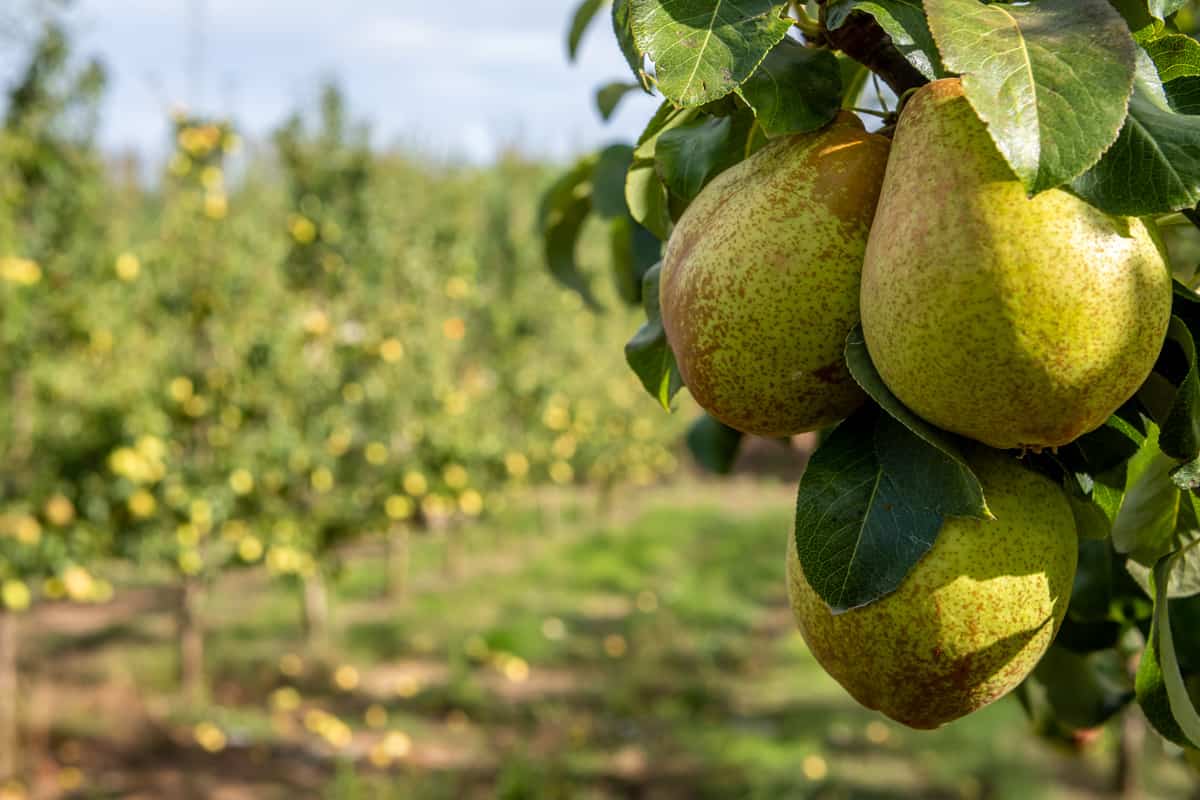
Pear trees, specifically the species from Pyrus Betulaefolia, thrive in damp soil. Additionally, pear trees grow in wet soil and produce bigger and rounder fruits. These trees are hardy in USDA zones 3-10.
Asian pears, Seckel, Comice, and Barlett, are other pear tree varieties that absorb water.
Pear trees usually grow in well-drained loam soil. This means that though it likes well-drained soil, it still wants to be planted in places that retain moisture well.
Make sure to plant these pear trees in soil that has a pH level of 5.0 to 7.5, especially if the soil is damp.
Read: How Much Fertilizer Should You Use For Fruit Trees?
Persimmon Tree

Persimmons thrive in USDA zones 4 to 10 and are tolerant of soil with high moisture content.
Plant them in nutrient-rich soil, preferably one that is organic or layered with compost, to ensure steady and healthy growth.
However, persimmon trees tend to have a hardy quality. They can tolerate drought periods as well as damp soil.
Persimmon fruits that grow in cold and wet areas have a softer and more jelly-like consistency, while persimmons grown in warmer regions tend to have a texture similar to apples.
They will thrive on a pH level of 6.5 to 7.5–not too alkaline and not too acidic.
Fig Tree
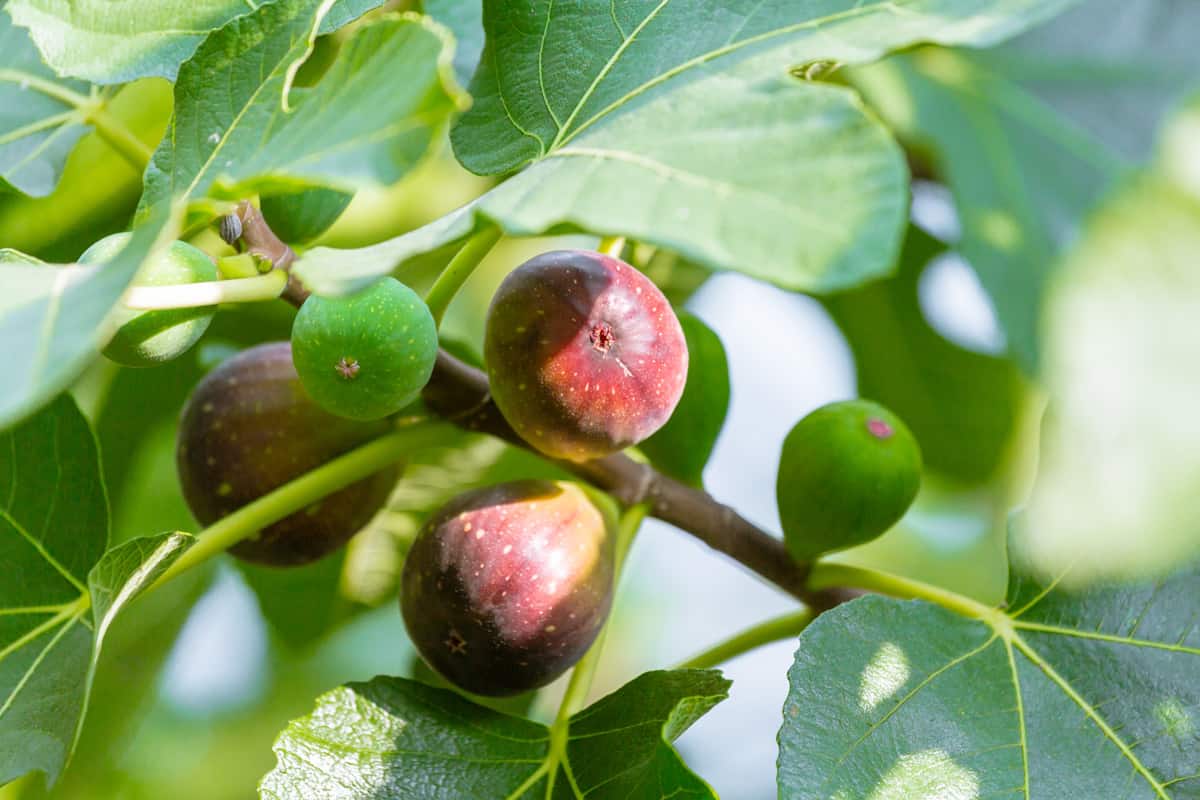
Although fig trees don’t like wet feet, they tend to enjoy and absorb a lot of moisture, especially when planted in moist but well-draining soil.
Fig fruits come in different varieties. They tend to have early-season crops, called the breba crop, while figs that grow during the spring and are harvested in August are the primary fruit.
This is why figs tend to come in different colors, shapes, and sixes- their growth depends on the season.
Fig trees can tolerate extended dry periods and be grown in moist areas and humid greenhouses.
These trees are hardy in USDA zones 8 to 11. If you experience winter, plant them in a transferable container so you can protect them during the cold season.
Sapodilla
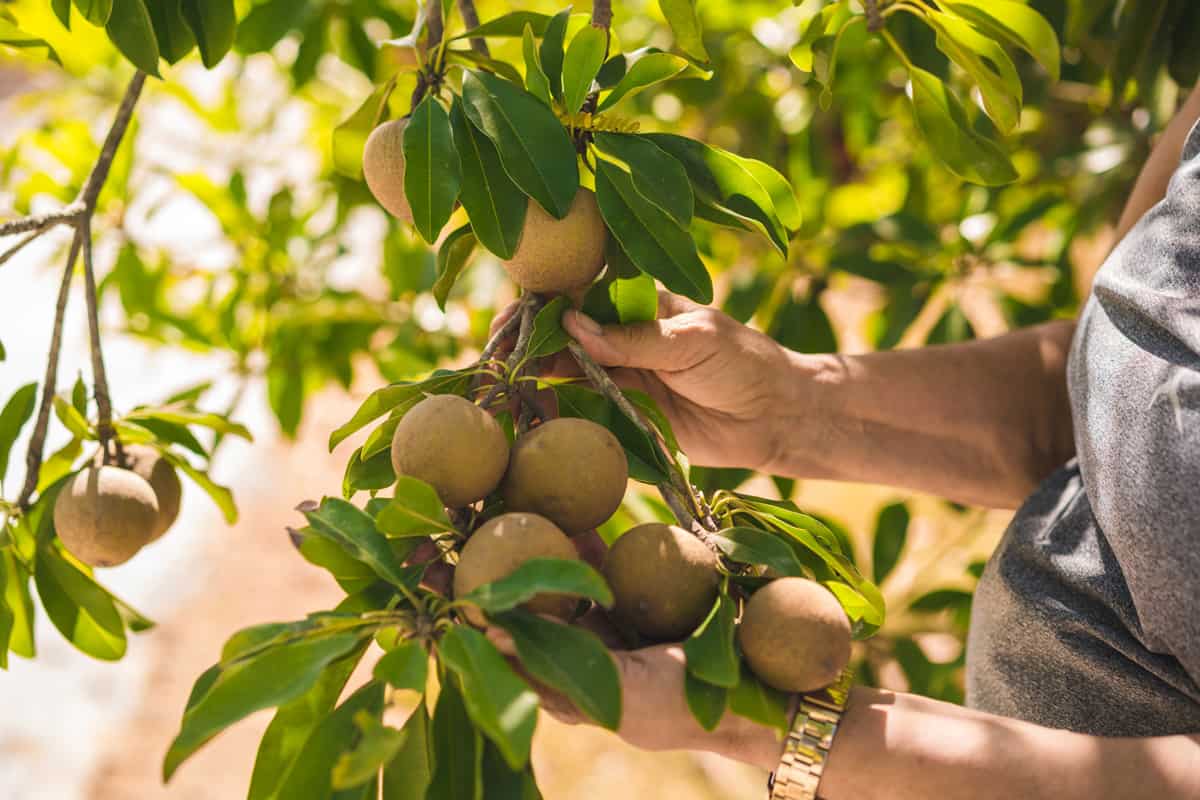
Sapodilla trees have a relatively hardy quality. They can grow in USDA zones 4 to 11 and thrive even in cold and humid places.
They can survive any temperature as long as they’ve been established, but they may not be able to produce fruit if left in extreme conditions for long periods.
As much as possible, give the tree access to full sunlight so it can develop more quickly.
To be safe, plant them in a transferable container during their development stage so you can take them inside or to a greenhouse when the environment gets too harsh.
Plum Tree
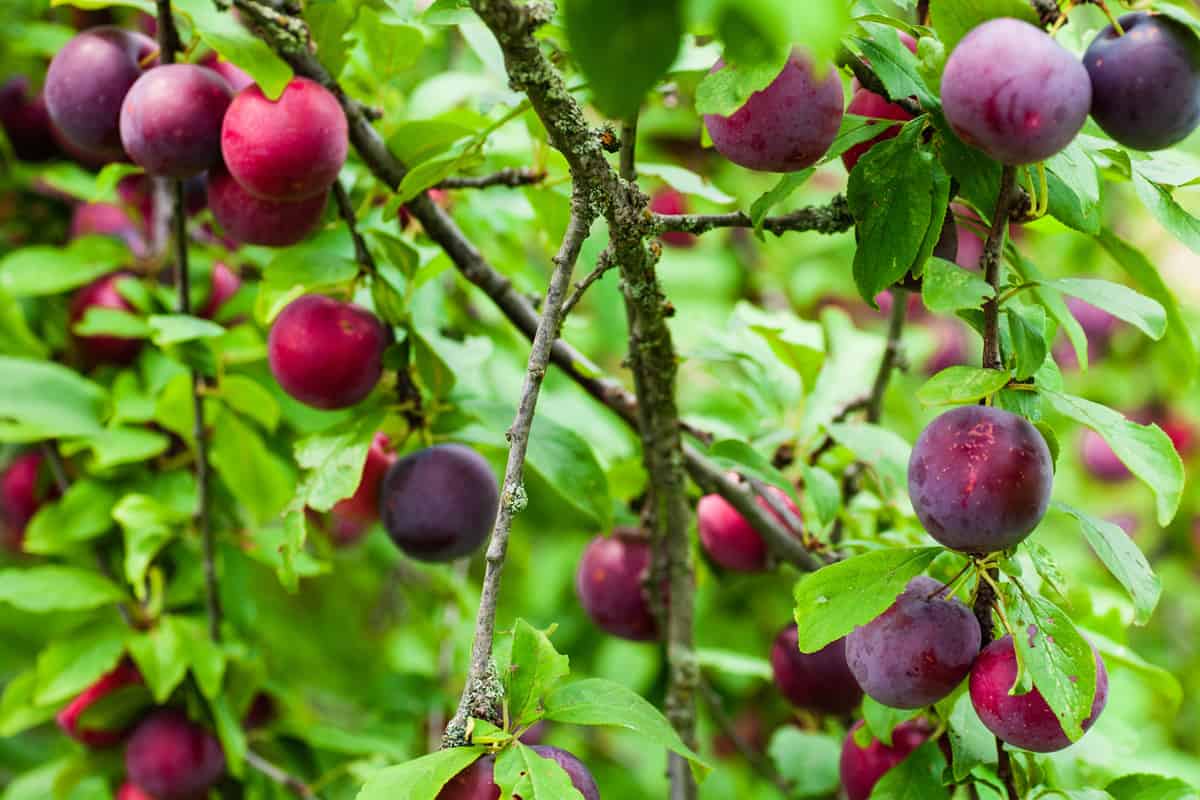
Plum trees are hardy in USDA Zones 3 to 7. They thrive on slightly acidic and neutral soil, and they like loamy but well-draining soil.
Although they don’t like wet feet, they absorb moisture fairly well, so you can plant them on soil with a fair amount of moisture content—make sure the roots don’t get waterlogged.
It is best to place them where they won’t get constantly disturbed by gusts of wind.
Juneberry

Juneberry trees are hardy in USDA zones 4 to 9, so they are compatible with many climates. Just like most fruit trees, Juneberry trees don’t want to get waterlogged.
However, they can still thrive on moist soil, so you can plant them on the mulched ground as long as the soil is still well-draining.
Juneberries are an alternative to blueberries. You can grow them in places where blueberries can’t, such as slightly damper places.
These trees grow a dark purple fruit that you can enjoy, fresh or frozen.
Mayhaw

Mayhaws, true to their name, are usually harvested in May. They are generally tolerant of wet, swampy soil since they can absorb it well, but they thrive best on moist, well-drained soil.
Since they like damp soil, they require a lot of watering. You will need to soak their roots in water to have a better and quicker growth rate and development.
It is best to make the soil rich with nutrients using compost and fertilizers and to keep them within the pH range of 6.0-6.5.
Mayhaw trees grow fruits that have a slightly similar exterior to cherry tomatoes.
The fruit is round and comes in shades of orange, red, and yellow. They have a sweet and sour taste, and you can harvest them in late spring.
Mayhaw trees are hardy in USDA zones 8-10.
Medlar
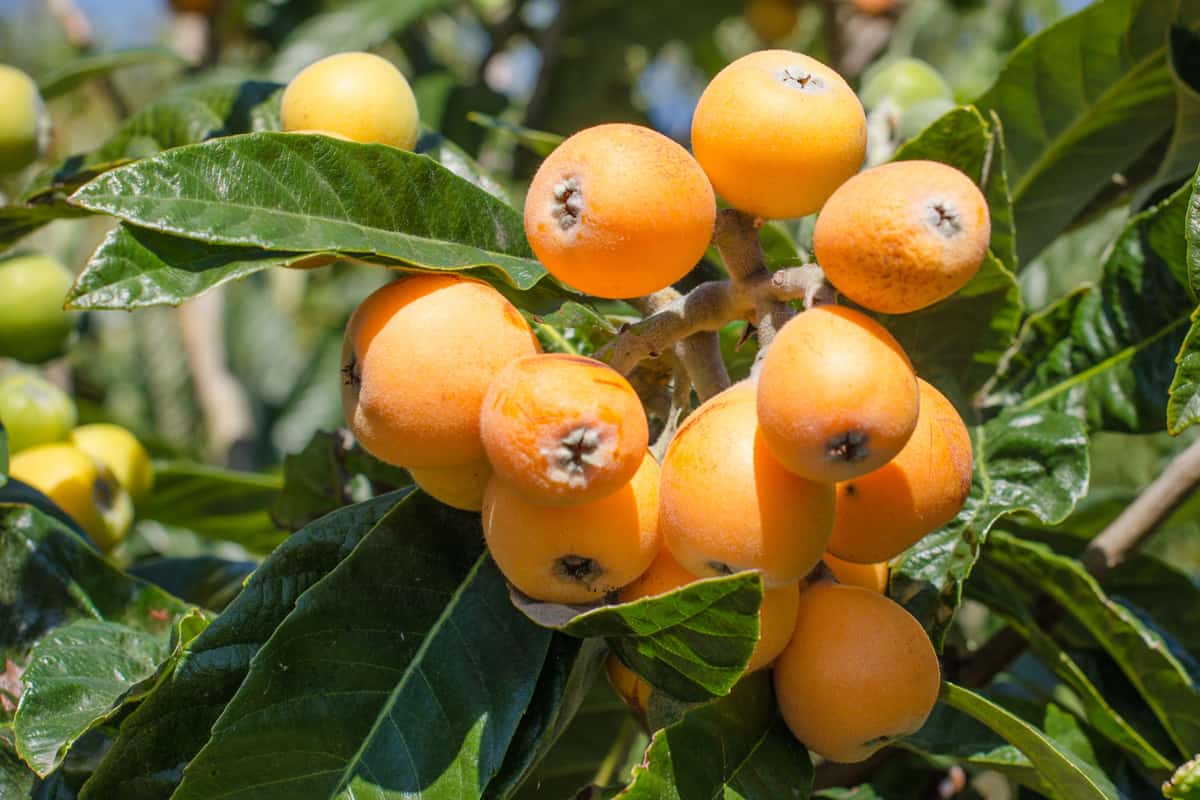
Medlar trees, hardy in USDA zones 4-9, grow best when planted on deep, well-composted, nutrient-rich soils.
They can absorb a lot of water and tolerate moist soil as long as the ground is well-draining, so the roots don't get waterlogged.
Make sure to plant these trees in an area with access to the full morning sun, but it should also be able to hide them from the harsh afternoon sun.
The fruit that the Medlar tree grows is highly beneficial. These fruits can enhance your body's immune system, lower cholesterol levels, and manage diabetes.
Coconut
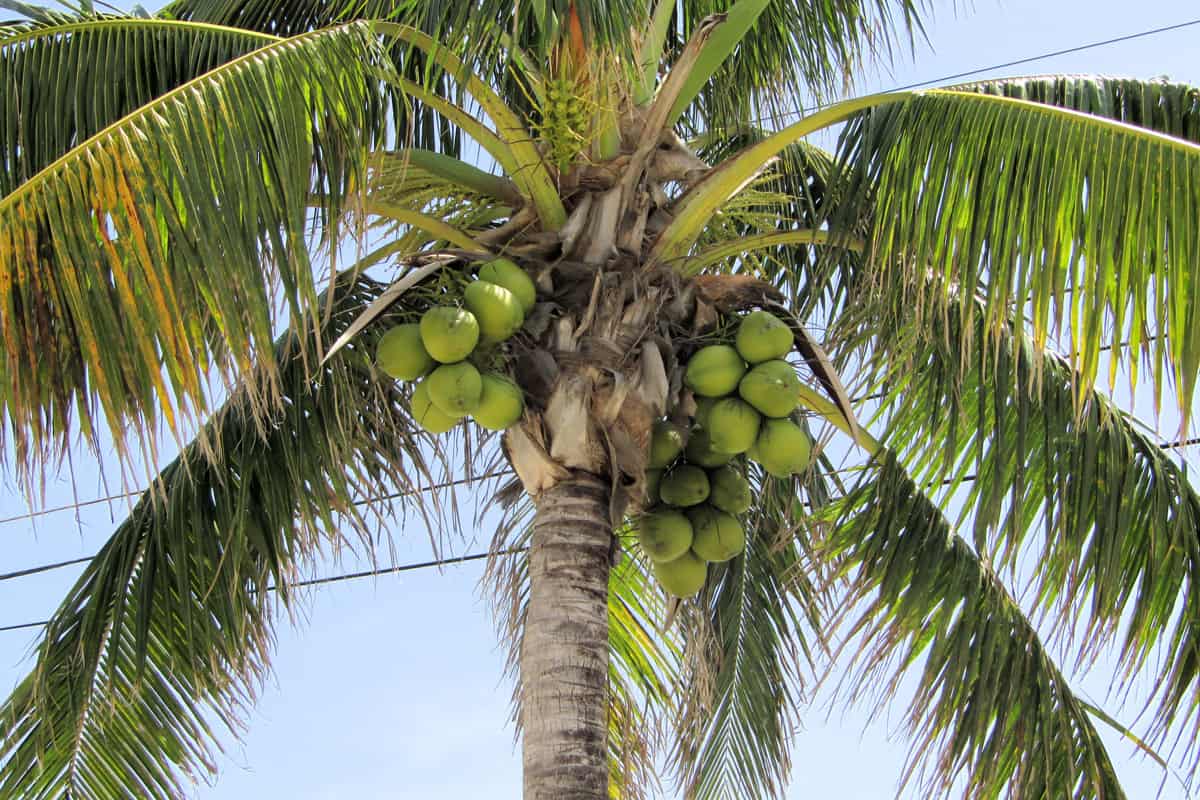
Coconut trees are hardy in USDA zone 10, mainly thriving in warm and tropical areas. During their development stage, coconut trees love overly damp soil--the more water content, the better.
They will need all the water they can get, but you still need to ensure that the soil is well-draining.
Once established, they will only require watering two times per week and not more than that. Keep the soil relatively moist, but do not waterlog the roots.
To Wrap It Up
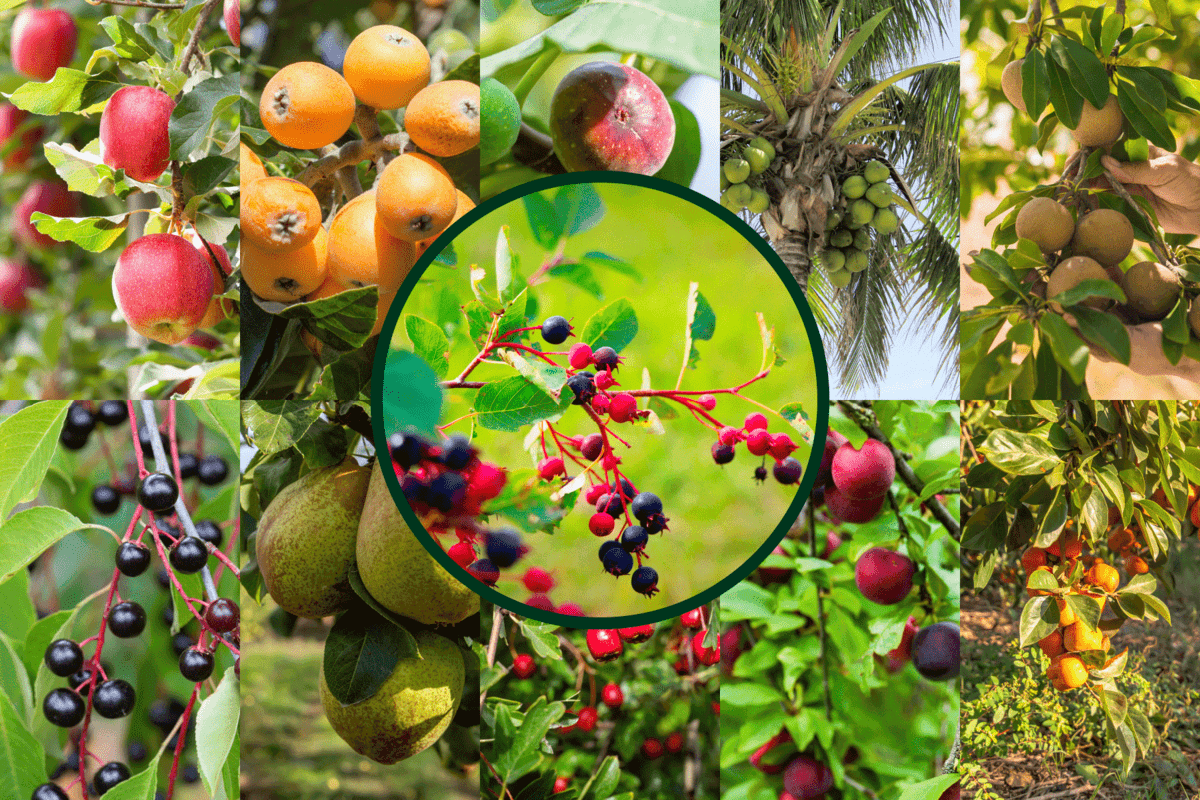
Fruit trees are enjoyable to maintain because they benefit you a lot--not only because they can make your garden thrive and look more beautiful but also because they provide you with something healthy to eat.
Furthermore, fruit trees that absorb a lot of water grow fruits that are good for our bodies, so make sure to take care of them well. Good luck with your gardening!
